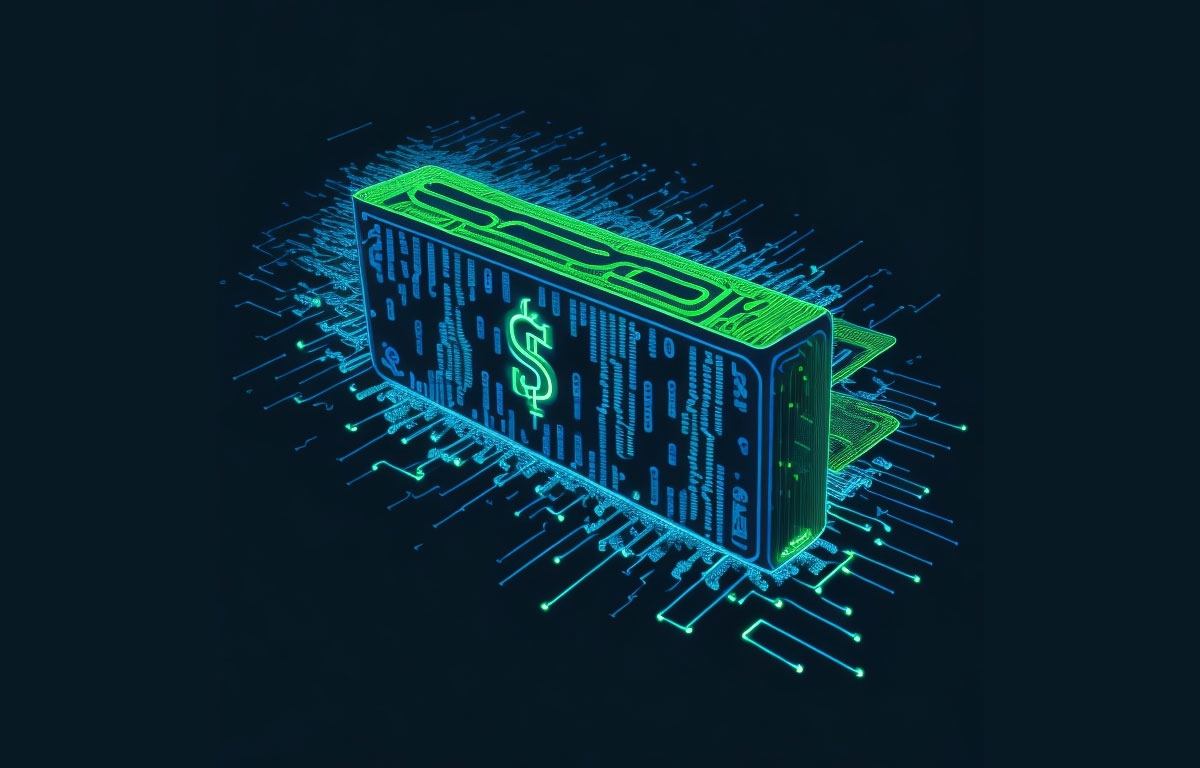Demystifying the US Federal Reserve Digital Dollar: What You Need to Know

A Comprehensive Guide to Understanding the US Federal Reserve Digital Dollar and Its Impact on the Economy
The US Federal Reserve Digital Dollar has been a hot topic of conversation among economists, financial experts, and consumers alike. This revolutionary development in the world of finance has the potential to transform the way we think about money and the way we conduct transactions. In this article, we'll delve deep into the world of the US Federal Reserve Digital Dollar, discussing its origins, how it works, and the potential impact on the economy. So, let's dive in and demystify this fascinating new form of currency.
The Origins of the US Federal Reserve Digital Dollar
The US Federal Reserve Digital Dollar, also known as the digital dollar or the central bank digital currency (CBDC), is a proposed digital currency issued by the US Federal Reserve. With countries like China, Sweden, and the Bahamas already implementing their own digital currencies, the United States began exploring the possibility of creating a digital dollar in response to these global trends and to keep up with the rapid advancements in digital technology.
How Does the Digital Dollar Work?
The digital dollar would be a digital version of the US dollar, designed to complement and coexist with physical cash. It would be backed by the US government, ensuring its stability and value. The digital dollar would utilize distributed ledger technology, such as blockchain, to secure and validate transactions, making it transparent and tamper-proof.
Benefits of the US Federal Reserve Digital Dollar
There are several potential benefits to adopting a digital dollar:
Increased efficiency: Digital transactions are faster, more secure, and often cheaper than traditional cash transactions.
Financial inclusion: The digital dollar could provide access to financial services for those who are currently unbanked or underbanked.
Improved monetary policy: A digital dollar would provide the Federal Reserve with more precise tools to manage inflation and influence economic growth.
Enhanced security: Blockchain technology offers increased transparency and security for transactions, reducing the risk of fraud and counterfeiting.
Challenges and Concerns
While the digital dollar offers many potential benefits, it also raises a number of concerns:
Privacy: The digital nature of the currency could enable increased surveillance and tracking of financial transactions.
Cybersecurity: A digital currency could be vulnerable to cyberattacks, hacking, and other digital threats.
Technology adoption: Implementing a digital dollar would require significant upgrades to existing financial infrastructure and widespread adoption by businesses and consumers.
The Future of the US Federal Reserve Digital Dollar
As of now, the US Federal Reserve is still in the exploratory phase of developing the digital dollar. The Fed has been collaborating with researchers from the Massachusetts Institute of Technology (MIT) on a multi-year project known as Project Hamilton to study the technical and policy aspects of a digital currency.
Conclusion
The US Federal Reserve Digital Dollar is a promising development in the world of finance, with the potential to transform the way we think about and use money. As we wait for further developments and the possible implementation of this digital currency, it's crucial to stay informed about the benefits, challenges, and potential impact on our economy. The digital dollar may very well be the future of money, and understanding its intricacies is essential for individuals, businesses, and policymakers alike.
